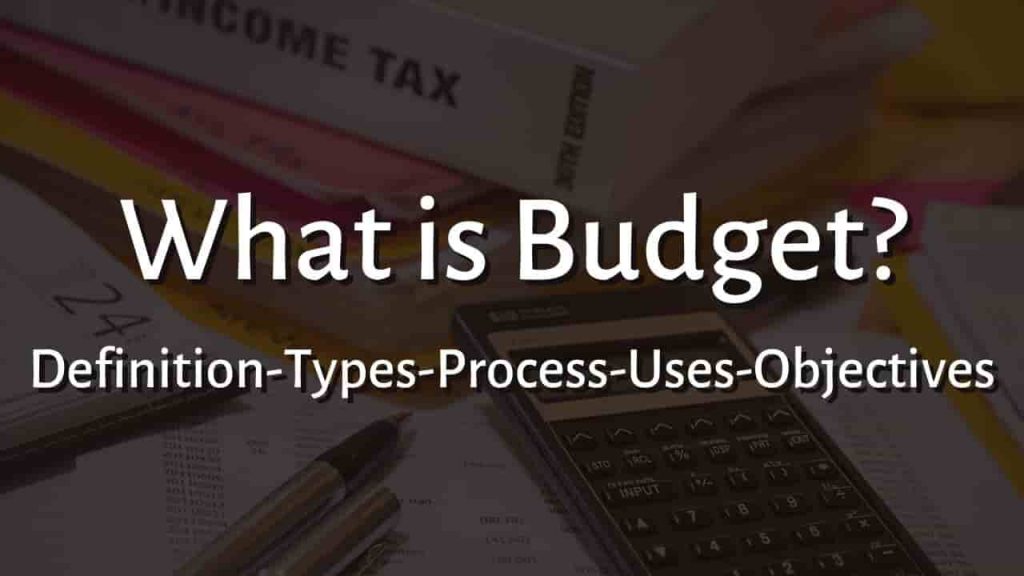What is Inventory Valuation
Inventory valuation is an accounting method used for businesses to determine the value of unsold inventory stock when making financial statements. Inventory stock is an asset for a company, and it must have a financial value in order to be recorded on the balance sheet. This value will assist you in determining your product turnover ratio, which in turn will assist you in planning your purchasing decisions.
For example, if you own a shoe store and end up with 50 pairs of shoes at the end of the year, you must measure their financial worth and record it on the balance sheet.
The Objective of Inventory Valuation:
Following are the objective of inventory valuation:
Determining Trading Profit:
Inventory is an important factor in determining trading profit or gross profit. The gross profit is the difference between profits and the cost of goods sold.
The cost of goods sold is calculated by comparing opening and closing stocks of sales, as shown below:
Cost of goods sold = Opening stock + Purchases – Closing stock.
The above calculation shows that the valuation of stocks influences the cost and hence the gross profit. For example, overvaluation of closing stock would lower the cost and increase current profit while decreasing profitability in future years, and vice versa.
Assessment of Financial Position:
Inventory plays an important part in determining a company’s financial position. On the balance sheet, the closing stock is reported as a current asset. Stock valuations that are too high or too low will give an inaccurate image of the company’s working capital and overall financial condition.
Method of Stocktaking
Stocktaking is the physical verification of inventory items in order to determine the worth for accounting purposes.
Following are the method of stocktaking:
Periodic Inventory:
It refers to a method in which stocktaking is performed on a regular basis, such as once or twice a year. It is actually completed by holding orders and sales by a day, two, or even a week. Based on the type of the items, the inventory is physically measured, weighted, and thoroughly checked using this method. Then they are listed in a Stock Sheet, and their prices and values are determined.
Perpetual Inventory System:
This is a way of logging store balances after each receipt and issue in order to encourage daily monitoring and avoid closing down for stocktaking. A perpetual inventory is followed by a continual stocktaking method. The term “perpetual inventory” refers to the system of records, while “continuous stocktaking” refers to the physical comparison of such records with actual stock.
This method involves creating individual stock ledgers for each item in inventory, such as a stores ledger, a work in progress ledger, and a finished goods ledger. Inventory purchases and issues are continuously reported in these ledgers.
Methods of Inventory Valuation:
Following are three methods for inventory valuation:
- FIFO (First In, First Out)
- LIFO (Last In, First Out)
- WAC (Weighted Average Cost)
FIFO (First In, First Out)
This method is based on the assumption that the first inventory bought is the first inventory sold. The remaining inventory assets are matched to the most recently bought or produced assets.
Since it is straightforward and easy to understand, it is one of the most common types of inventory valuation used by companies. During inflation, the FIFO method produces a higher finishing market value, a lower cost of products delivered, and a higher gross margin.
Unfortunately, the FIFO model struggles to provide a realistic representation of costs as prices rise rapidly. Furthermore, unlike the LIFO process, it does not have any tax benefits.
LIFO (Last In, First Out)
This inventory valuation method is that the newer inventory is sold first, while the older inventory remains in storage. Businesses seldom employ this approach because older inventories are rarely traded and eventually lose their value. As a result, the company suffers a substantial loss.
The only way firms can use LIFO is when they expect inventory costs to rise over time, resulting in price inflation. Businesses may reduce their reported profit levels by shifting high-cost inventories to the cost of products delivered. As a result, corporations will pay less tax.
WAC (Weighted Average Cost)
The WAC method takes into account the item’s total expense over the period of the year. The average cost per unit is determined by calculating the gross cost by the total number of units bought over the period of the year.
The below is how the weighted average cost per unit is calculated:
Weighted Average Cost per Unit = Total Cost of Goods in Inventory ÷ Total Units in Inventory
This technique is widely used to calculate a cost for units that are indistinguishable from one another and where tracking individual costs is challenging.
Why is Inventory Valuation Important?
Identifying unsold products is just the first step of inventory valuation. You’ll just need a cost that can be multiplied by the quantity to get a final value. Since you could have charged varying rates for these goods over the year, you must select a method for calculating a common rate.
For more click here and if you are looking for full forms of different acronyms and words then check out this list you really gonna find this helpful. We also have an Essay on every topic, Check the complete list here. If you are Studying in Matric Free Video Lectures of Maths, Physics and English are here, and we have got you covered for I.COM Business Maths also.







